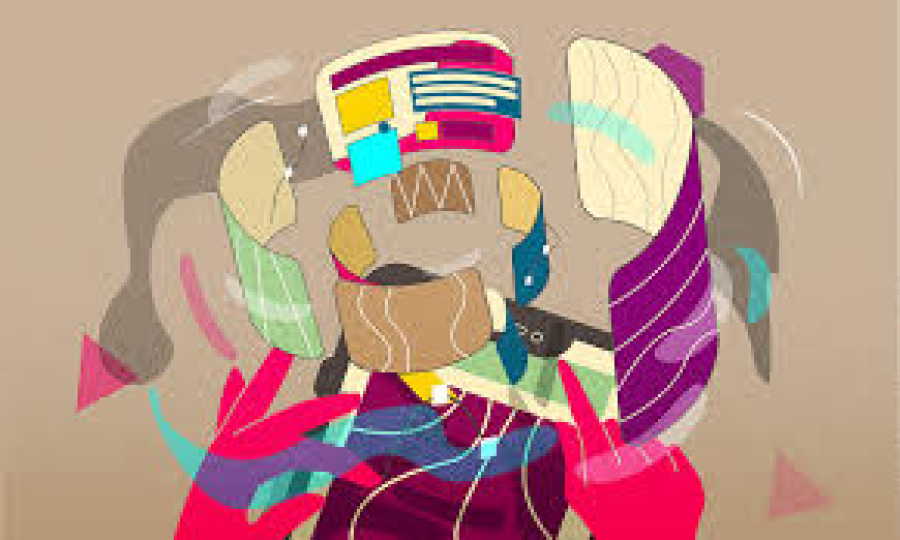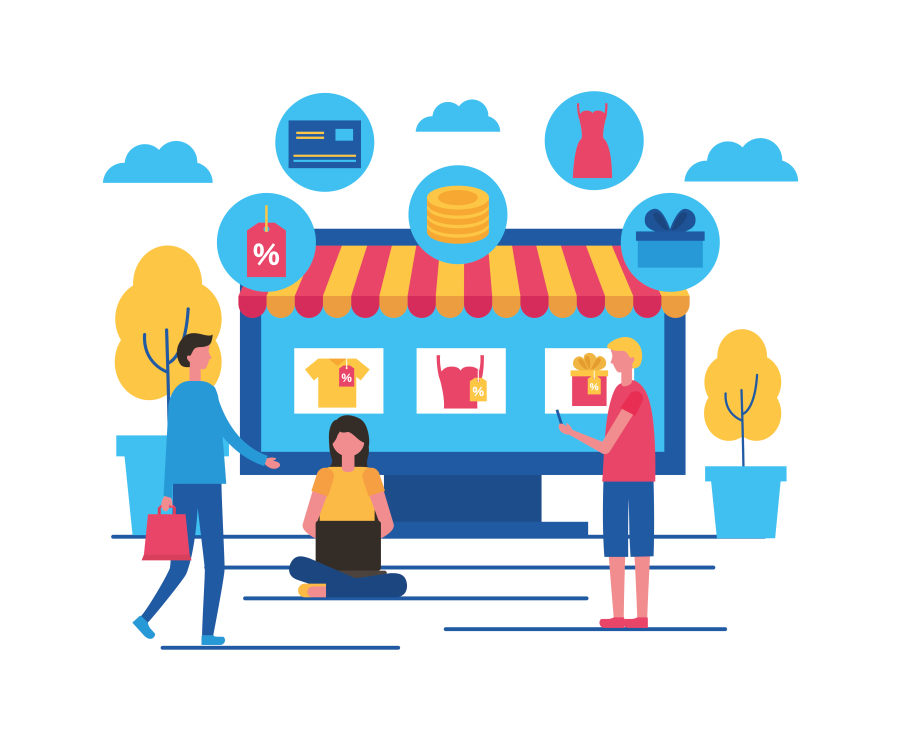How to Use Motion Design to Enhance Your Branding
In today's fast-paced digital world, static visuals are no longer enough to capture audience attention. Brands are increasingly turning to motion design to create engaging, memorable experiences that communicate their identity and values more effectively. From animated logos and explainer videos to interactive web elements and social media reels, motion design has become a powerful tool in the creative branding toolkit.
For creative freelancers and businesses alike, understanding how to use motion design can elevate your brand presence, improve audience retention, and set you apart from the competition. In this article, we explore how motion design enhances branding, key strategies for implementation, and tips for freelancers offering motion design services to clients.
Long Description
What is Motion Design?
Motion design, also known as motion graphics, is the art of bringing static design elements to life using animation, video, and digital effects. Unlike traditional animation, motion design focuses more on graphic-based storytelling — often used in branding, marketing, web design, and product demos.
Examples of motion design include:
Animated logos
Kinetic typography
App and website micro-interactions
Explainer videos and product animations
UI/UX motion transitions
Social media video content
Motion design bridges the gap between aesthetic appeal and storytelling, making branding feel dynamic, modern, and interactive.
Why Motion Design is Crucial for Branding in 2025
Captures Attention in Crowded Spaces
With shrinking attention spans, motion graphics outperform static images by immediately engaging the viewer. Even a subtle animation can keep users on your website longer or increase click-through rates on social media.
Improves Brand Recall
When done correctly, motion design makes your brand more memorable. Moving visuals combined with sound, rhythm, and transitions help reinforce your brand personality.
Communicates Complex Ideas Quickly
Explainer animations or short looping graphics allow brands to convey value propositions, features, or instructions within seconds — perfect for onboarding, product launches, or pitch decks.
Modernizes Brand Perception
A brand that invests in motion design appears tech-savvy, user-centric, and visually progressive — traits valued by modern consumers and clients.
Drives Higher Engagement on Social Media
Social platforms favor video and animated content. Motion graphics increase visibility, shares, and engagement compared to static posts, especially on Instagram, LinkedIn, and TikTok.
Types of Motion Design in Branding
1. Animated Logos
Logo animation helps communicate brand personality through motion, creating an immediate emotional connection. It’s ideal for:
Website intros
Video intros/outros
Presentations
2. Brand Story Videos
A short animated video that tells your brand’s origin, values, and mission. Perfect for landing pages or YouTube ads.
3. Explainer Videos
Use simple graphics and narration to explain products, processes, or services. These are essential for SaaS brands, startups, and agencies.
4. UI/UX Motion Elements
Subtle animations in apps or websites, like button transitions or hover effects, enhance user experience and reflect brand tone.
5. Social Media Animations
Animated posts, stories, or reels build brand consistency while grabbing attention in competitive feeds.
How to Use Motion Design to Build a Strong Brand
1. Start with Brand Identity
Before creating animations, ensure you have a clear and consistent brand identity:
Colors
Typography
Logo variations
Voice and tone
All motion elements should be aligned with these fundamentals to maintain consistency across platforms.
2. Define Motion Language
Just like visual branding, motion needs rules. Define your motion design style:
Speed: fast, smooth, or bouncy?
Easing: linear, ease-in-out?
Transition types: fades, wipes, zooms?
Behavior of elements: enter/exit patterns, loops, etc.
Creating a motion guideline helps keep animations on-brand across campaigns.
3. Prioritize Key Touchpoints
You don’t need to animate everything. Start by applying motion design where it has the most impact:
Hero sections of websites
Email headers
CTA (Call-To-Action) animations
Pitch decks or portfolios
Motion design should enhance, not distract.
4. Keep It Purpose-Driven
Motion should serve a function, not just look cool. Every animation must improve user experience or communication, such as:
Drawing attention to key information
Guiding navigation
Visualizing a complex concept
Function + form = effective branding.
Tools to Get Started with Motion Design
Whether you’re a freelancer creating motion graphics or a business commissioning them, knowing the right tools helps streamline production:
After Effects – Industry standard for motion graphics and VFX
Figma + Figmotion or Lottie – Lightweight animations for web/app UI
Canva Pro – Quick social media animations
Blender – For 3D animation and visual storytelling
Premiere Pro / Final Cut Pro – Editing motion graphics into videos
Rive – Interactive motion graphics for app and web interfaces
Freelancers can choose tools based on their style and client needs.
Tips for Freelancers Offering Motion Design Services
1. Package Motion Design as a Premium Add-On
Many clients are unaware of the power of motion. Upsell your services by offering:
Animated versions of existing logos
Branded social media templates
Custom intros/outros for videos
2. Use Case Studies in Your Portfolio
Before-and-after animations, short reels, and behind-the-scenes project explanations make your portfolio more attractive to potential clients.
3. Collaborate with Other Creatives
Team up with copywriters, illustrators, or brand strategists to offer full-service branding. This can increase your project size and client retention.
4. Stay Updated with Trends
Motion design evolves quickly. Keep up with trends like:
Kinetic typography
Mixed 2D + 3D animation
Vertical video motion for mobile-first platforms
Examples of Motion Design Success in Branding
Dropbox
Used motion design to simplify complex services in their onboarding videos and homepage animations.
Mailchimp
Incorporated friendly, quirky animations to enhance their brand voice across web and email content.
Headspace
Blended calming motion visuals with brand colors to communicate their mission of mindfulness and mental wellness.
Slack
Used micro-interactions and subtle animations to make onboarding smoother and reinforce their fun, collaborative tone.
These brands prove that motion design isn’t just decoration — it’s part of their strategic brand narrative.
Challenges and How to Overcome Them
1. Budget Constraints
Motion design can seem expensive for small brands. Solution: Start small with micro-animations or social content and scale as the brand grows.
2. Overuse or Distracting Animations
Too much movement overwhelms users. Solution: Use motion sparingly and always test UX impact.
3. Platform Compatibility
Animations must be optimized for mobile, web, and different screen sizes. Solution: Use tools like Lottie or export formats like SVG/GIF to ensure smooth delivery.
Future of Motion Design in Branding
Looking ahead, motion design will be even more integrated into branding as:
AR/VR experiences become more common
Voice-activated UI uses visual feedback
Interactive storytelling replaces static ads
Brands that adapt early will create deeper user engagement and stronger emotional connections.
Conclusion
In 2025 and beyond, motion design is no longer optional — it’s a strategic branding asset. Whether you're a freelancer offering creative services or a business building a brand, motion graphics can improve visibility, increase retention, and communicate your brand story in more compelling ways.
By starting with your identity, defining a motion language, and applying it purposefully across digital touchpoints, you can transform your brand from static to dynamic. Freelancers who master this skill will not only stay relevant but also attract premium clients looking for impactful, modern visuals.


 by Emily
by Emily




